#90s japanese sports cars
Text
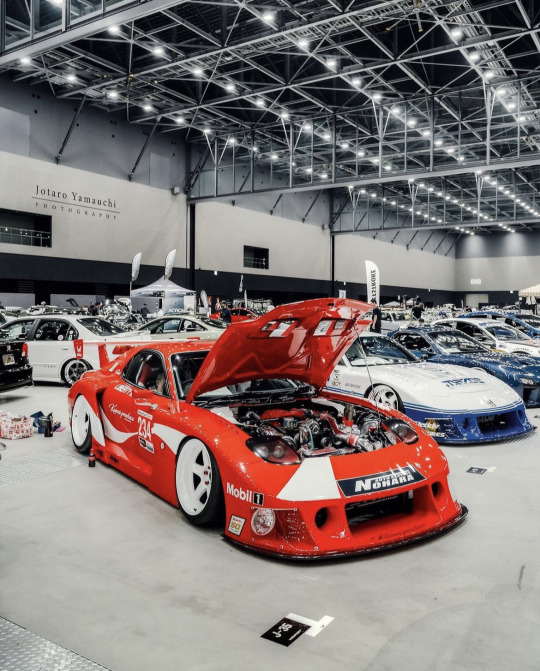
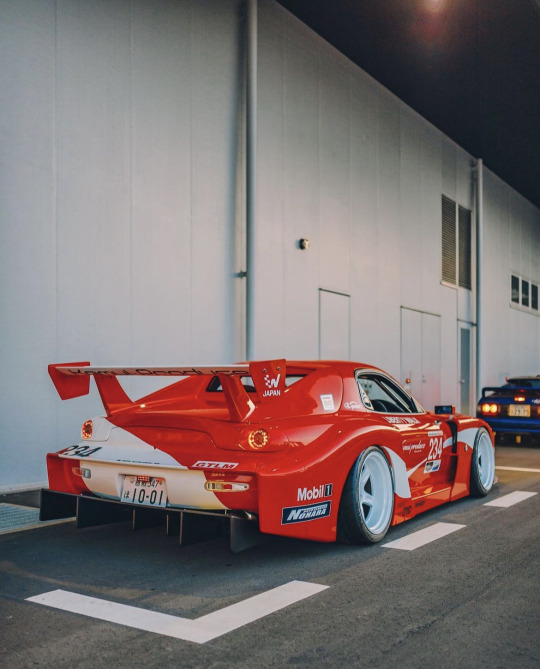
Mazda Rx-7 FD
@wildnight7 @jtarooo_car
@the_kyza
#Mazda Rx-7 FD#modified#stance#tuning#retro rides#tuner#slammed#street#imports#lowered#jdm#fitment#static#race liveries#rhd#90s japanese sports cars#kyusha#shakotan#widebody
262 notes
·
View notes
Photo

Drop a follow 🥀
#mazda#rx7#fd#fd rx7#rotary#jdm#japanese domestic market#japan#90s jdm#sports car#bridgeport#bathurst#coupe#drift#black aesthetic#lq#low quality#black car
665 notes
·
View notes
Text

🛠
#subaru#legacy gt#naturally aspirated#90s japanese cars#engine bay#beatrush#tommy kaira#ej25d#lgt#subie#my car#mecha gt#sti#tuned#built not bought#msd#zero/sports#rare car parts#diy#photography#bg5#bk6#a/c delete#2.5gt#zenki#90s jdm#2nd gen#subienation
14 notes
·
View notes
Photo
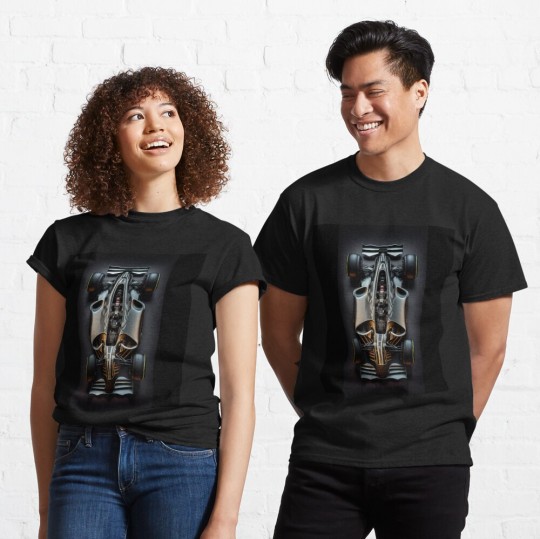
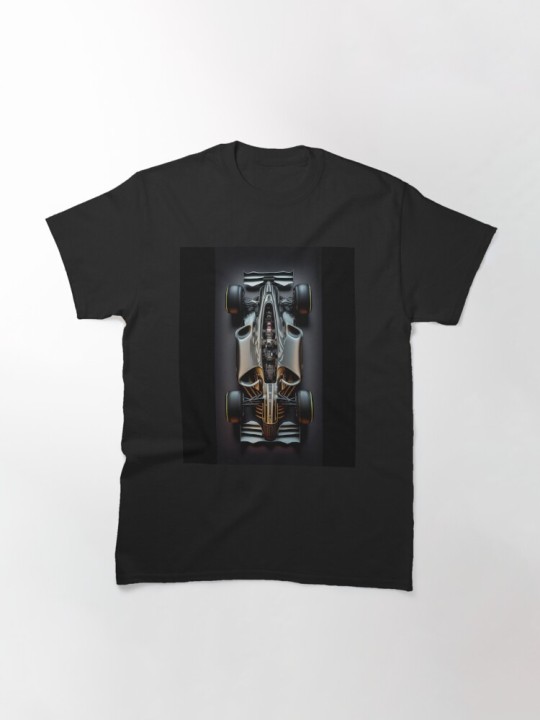

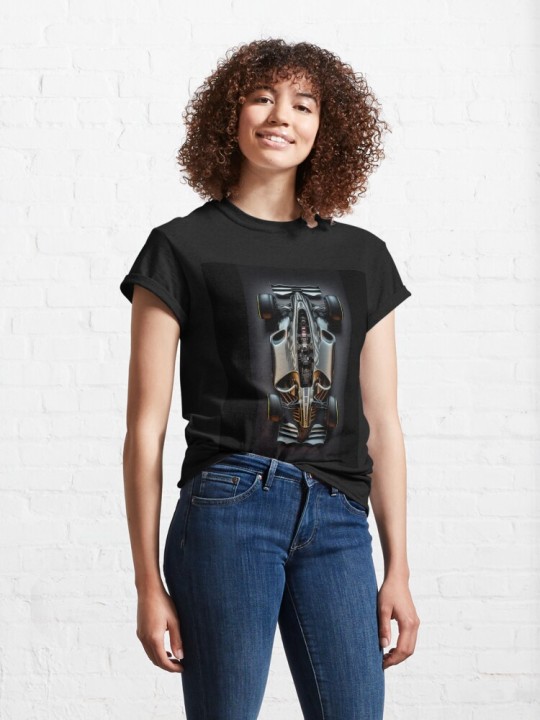



(via T-shirt classique « Eurobeat intensifie la voiture AE86 Kansei Dorifto Initial D » par Digital-for-you)
#findyourthing#redbubble#eurobeat car initial d r32 gtr drift race nissan#drifting jdm slap racing#cars japanese anime#ae86 dorifto car super car#eurobeat intensifies japan night kids#myogi night kids eurobeat intensifies#kansei initial euro beat music edm fast 90s#sport car super eurobeat jap car scene sports car#takumi takumi fujiwara fujiwara tofu tofu car race car manga sprinter trueno
1 note
·
View note
Text
The Japanese Cultural Significance Behind Older Ignis’ Hairstyle

this is something i’ve touched upon a couple times before, but i felt like going a bit more in-depth and i have 24/7 blorbo brain, so here we go
for those who are unaware, the pompadour is a bit of an infamous hairstyle in Japan (taken from Wikipedia):

it actually first rose to popularity in the 50s-60s...

...and remained that way on and off up until the early 2000s.

(source is this article, which has a lot more great examples, but unfortunately is also pretty full of annoying ads, lol)
a lot of notable thug-type characters sported the pompadour hairstyle in anime/manga from the late 80s - early 90s...

...and the stereotype is still used in more modern anime, too.
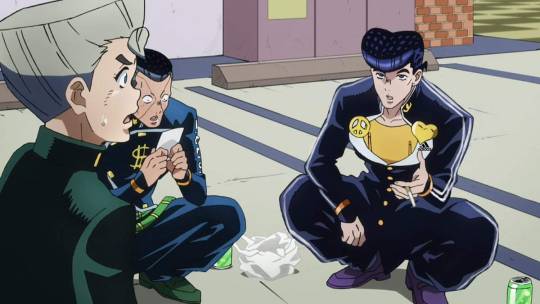
but the way i first learned of the hairstyle’s significance was through the manga Shonan Junai Gumi (precursor to the more popular Great Teacher Onizuka series), where protagonists Eikichi & Ryuji...

...choose to purposely get rid of their pompadours so they can start trying to pick up women (it’s a shonen series from 1990, just bear with me):

but as soon as they step outside, they get challenged by some punks...

...and immediately fix their hair back up so they can participate in the fight.

it’s a huge statement on what it means to be a stereotypical “delinquent” in Japan (obviously taken to the extreme in this case for humor’s sake, but it’s a joke that’s intended to be immediately understood by the audience).
so, what does any of this have to do with Ignis Scientia?
of all the Chocobros, Ignis is definitely the most straight-laced. he’s had the responsibility of being Noctis’ caretaker from a very young age (six years old!) and prides himself on being the most practical of the group, making sure everyone eats healthy and stays out of danger. he drives the car, he manages the money...at 22 years old, he is wise beyond his years, and often joked to be the only true “adult” on the team.
but even as a teenager, Ignis looked far older than his age (pictured here at only 17):
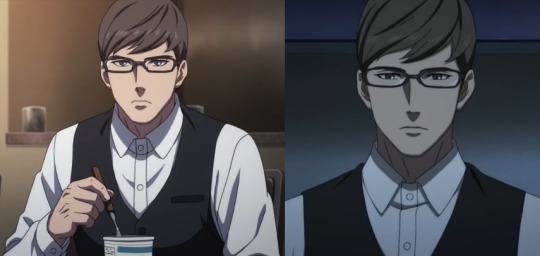
quite the opposite of any of the thugs seen above, young Ignis dressed for his role as a servant of the Royal Family and never acted much like any “typical” teenager. in fact, in his Brotherhood episode, he’s already learning to take on some of the King’s parental responsibilities towards Noctis as Regis’ health noticeably declines...certainly not what one would expect of the normal adolescent experience.
Ignis didn’t really have a childhood (another topic i’ve frequently touched upon), and that’s part of what makes his post-timeskip hairstyle so interesting. instead of keeping his “cockatiel” hair from the main game or simply letting his hair stay down, 32 year old Ignis specifically chose a pompadour:

i’ve often seen it said that Older Ignis looks younger than 22 year old Ignis, and that’s absolutely true. but it’s more than just the softness of his features; it’s that Older Ignis sports a hairstyle you’d normally expect to see on a teenage punk.
given the very little information we have about the 10 Years of Darkness (laziness on the developers’ part imho, but i digress), i consider Older Ignis’ choice of hairstyle to be a significant clue to how he carries himself in the World of Ruin.
here is an Ignis who has accepted the consequences of his decision to wear the Ring, who has gained newfound confidence and stubbornly trained himself to navigate through an endlessly dark world. here is an Ignis who taught himself to hunt again, taught himself to cook again, who has honed his other senses to the point where he can fend for himself in a daemon-infested nightmare that would probably send a less-disciplined person running to their death. 32 year old Ignis quite literally rebelled against his own fate; he chose to survive.
considering that Insomnia is a Japanese city (based on Shinjuku), and that Ignis himself is from there in the original Japanese version of the game (no accent, born in the Kingdom of Lucis just like the others), i can only assume he would understand the cultural significance behind the pompadour hairstyle and what it represents. it’s also a lot of effort for someone who not only exists in a dark world, but who also cannot see himself...there is no doubt in my mind that Ignis chose this style on purpose.
and that’s why i find all of this so fascinating. especially considering what few details we are shown about each of the bros post-timeskip, here’s something about my favorite character that stands out to me as a form of deliberate symbolism and allows me to easily draw conclusions from it. to me it reinforces what a resilient person Ignis is, and it also fuels some of my headcanons that Older Ignis is less uptight and more confident (something that his younger Japanese version self struggles with).
it’s an aspect of Ignis that i feel is extremely significant, but i think has the potential to get overlooked by fans who are not familiar with Japanese culture, which is why i wanted to share it here.
281 notes
·
View notes
Text

20th century
NISSAN
MOTORSPORTS 1958-2000
'80~
WEC championship,
And to participate in Le Mans
Group C flourishes.
In the early 1980s, the FIA (International Automobile Federation)
The rules and classification of competition vehicles were changed.
Group C vehicles that are racing sports cars
is not classified by displacement as in the past,
Only the total amount of fuel used is specified (good fuel consumption is essential);
What type of engine can you use if you clear this?
It is a challenge for manufacturers as they are willing to participate.
It has become a very important category. The same regulations apply from the following year.
The world championship match “WEC Japan” by Fujis
Since it started at Pedeway, Nissan also started
Developed a carbon engine and mounted it on a foreign chassis.
Start participating. As an extension of that, to the Le Mans 24 Hours.
Participated in the race, the first challenge was in 1986, and the best in 1990.
Although it became a fast machine and won pole position, unfortunately, the battle ends without victory. In the 80s-90s
Also in WSPC (World Sports Prototype Championship) he participated full-time and finished 3rd in the series in 1990.
At that time in the United States, a category similar to Group C, IMSA-GTP, which is a popular cars actively participate in the race, Nissan GTP ZX-T
He was the champion from 1988 to 1999.
Nissan has been in the WRC (World Rally Championship) for 7-8 years.
Although he was able to take second place in the series for three consecutive years, the new vehicle In the era of Group B (starting in 1983) and Group A (starting in 1988) after the regulations came into effect, they often played supporting roles. However, there are still marathon raids such as the Paris-Dakar Rally, and popularity in the United States.
At stadiums, off-road races, etc. that collect
Often achieved good results.
In Japan, in 1985, Group A vehicles began
The Japan Touring Car Championship has begun, and Skyline RS Turbo and GTS-R were part of the winning front. And boasts the strongest Group A machine
R32 Skyline GT-R appears.
On the other hand, the Saurus Cup, March one-make race, or an amateur with many Silvias and Pulsars.
Races for beginners were also widely held nationwide.
Also, the first F1GP race in Japan in 10 years will be held in 8 years.
It was held at Suzuka Circuit and has been held every year since then.
With the introduction of F1, there was a sudden F1 boom in Japan.
/The motorsports boom was ignited.
PIC CAPTIONS
Local Kenyan expert Shehkar Mehta and his beloved PA10 Violet achieved the feat of winning the Safari Rally four years in a row from 1979 to 1982. Among the many international rallies, the Safari Rally is far more demanding than the events held in Western Europe, and it became an ideal venue for Japanese cars to demonstrate their excellence.
_____________________________________________
The "Silhouette Formula" car, which was born in Germany in the late 1970s, is a heavily modified racing car that retains only a slight silhouette of the production car. It is equipped with a trendy turbocharger and captivates fans with its overwhelming straight-line speed. In Japan in the early 1980s, Skylines and Silvias spewed flames and raced around Fuji Speedway and other places. Its power is 570bhp
_____________________________________________
Group C competition, 1985 WEC Japan. More than 80,000 spectators packed into Fuji Speedway in heavy rain. The works Porsche 956 on the first row of the grid withdrew early, and Kazuyoshi Hoshino, driving the March B5G Nissan (No. 28) that qualified third, won the race, which was shortened to two hours due to bad weather. Although bad weather was on their side, it was the first time for a Nissan car and the first Japanese to win a world championship race.
5 notes
·
View notes
Text

“How much did you spend on this, V?!”
“About as much as your Rayfield, don’t worry.”
“But why?! Why a Japanese sports car from the 90′s?!”
“You wouldn’t understand, Kerry.”
#first johnny with a 70's porsche and now v with a 90's nissan#harhar my v is a bit of a car guy#cyberpunk 2077#kerry eurodyne#vincent macelroy#kerry eurodyne x male v
16 notes
·
View notes
Text
Unleashing the Legend: The FD3S RX-7 and its Timeless Allure
Introduction In the pantheon of Japanese sports cars, few names stir the soul like the Mazda RX-7, specifically its third generation, the FD3S. Since its debut in the early 1990s, the FD3S RX-7 has captivated enthusiasts with its unique blend of style, performance, and technological innovation. This article dives into the heart of what makes the FD3S RX-7 a timeless icon in the JDM car scene.
Design and Style The FD3S RX-7 is a masterpiece of automotive design. Its sleek, flowing lines and aggressive stance make it instantly recognizable. The car's design was ahead of its time, featuring a lightweight, aerodynamic body that still looks modern today. The pop-up headlights, a nostalgic yet defining feature, add to its charm, embodying the spirit of the 90s sports car era.
Rotary Revolution: The Heart of the RX-7 At the core of the FD3S's allure is its unique rotary engine. The 13B-REW, a twin-turbocharged rotary engine, set the RX-7 apart from its peers. This compact yet powerful engine delivers a high power-to-weight ratio, providing an exhilarating driving experience. The rotary engine's smooth power delivery and high-revving nature make the RX-7 not just a car, but an experience to drive.
Performance and Handling The FD3S RX-7 is renowned for its exceptional handling characteristics. Thanks to its lightweight construction and well-balanced chassis, it offers a driving experience that is both engaging and accessible. The RX-7's handling is enhanced by its advanced suspension system and its low center of gravity, making it a favorite among track enthusiasts and casual drivers alike.
Cultural Impact and Legacy Beyond its technical prowess, the FD3S RX-7 holds a special place in automotive culture. It has been a staple in motorsports, drifting scenes, and popular media, contributing to its legendary status. The RX-7's appearances in movies, video games, and TV shows have cemented its image as a symbol of speed and style.
Modifications and the Enthusiast Community The FD3S RX-7 is not just a car; it's a canvas for personal expression. The enthusiast community has embraced this vehicle, leading to a wide range of modifications. From engine swaps to body kits, the possibilities are endless. This level of customization has kept the RX-7 alive and relevant, even decades after its production ended.
Conclusion: The Eternal Charm of the FD3S RX-7 The FD3S Mazda RX-7 is more than a car; it's a legend. Its combination of design, performance, and unique rotary engine technology makes it a standout in the JDM scene. Its influence extends beyond the automotive world, becoming a cultural icon. For car enthusiasts, the FD3S RX-7 is not just a memory of the past but a continuing source of inspiration and passion. In the world of JDM cars, the RX-7 remains an eternal favorite, a symbol of a bygone era that continues to excite and inspire.
2 notes
·
View notes
Text
“ rules ” : repost with the information of your muse, including headcanons, etc. if you fail to achieve some of the facts, feel free to add some other of your own! when you’re done, tag 15 other people to do the same!

tagged by : smile
tagging : steal :)
BASICS.
name: satoshi akiyoshi.
age: 22.
birthdate: may 22nd.
species: human (?).
gender: transgender man.
orientation: unlabeled due to lacking knowledge of the language but functionally polyam demi-panromantic/pansexual.
profession: professional pokémon battle trainer, orange league champion, alola league champion, world pokémon championship monarch. formerly: research assistant at the sakuragi institute.
PHYSICAL ASPECTS.
hair: charcoal black, shoulder-blade-length kept in a low pony-tail, chin-length tufts of hair sticking out from underneath his ears, straight but thick. hair framing his face is sun bleached brown, hair beyond the nape streaked with sun-bleached brown & dark brown.
eyes: deep brown.
skin: honey toned, scarred all across, bruises & cuts mostly faded, lichtenberg figures primarily across arms & torso & across his neck, well healed but visible fishmouth top surgery scars.
height: 5ft1 / 154 cm.
FAMILY.
siblings: none.
parents: hanako akiyoshi, single mother. father left before he was born. considers kukui to be the father he never had, & thinks of burnet as a second mother.
grandparents: maternal grandmother died before he was born, never met any other grandparents.
any pets? partners?: 90 caught pokémon currently registered to him, 83 on call at any time
SKILLS.
naturally athletic, has tried his hand at a number of sports with a particular knack & fondness for baseball & tennis. bit of a jack of all trades, has picked up little skills over the years such as sewing, cooking, acting, gardening. he's gotten better & better at hand-to-hand fighting, & at using his aura powers (sensing auras, crafting aura spheres & bone rush staffs, healing, to name a few). highly perceptive in high-tension circumstances & able to analyze situations in a split-second, taking advantage of very minute gaps in an opponent's guard. extremely good at picking up languages, multilingual. (applicable to pokéverse equivalents) fluent in japanese, english, french, with an upper intermediate understanding of hawaiian pidgin, currently learning hawaiian. intermediate understanding of japanese sign language, can understand most sign at a medium pace, slow in signing back most sign, & is currently learning american & british sign, can understand some signs at a slow pace, can only sign a few things at a slow pace. has plans to learn french sign language.
TRAITS.
—— positive ——
ambitious, observant, adaptive, considerate, good sportsmanship.
—— negative ——
short-tempered, possessive, competitive, forgetful, spiteful, reckless.
LIKES.
colors: green, red, yellow, blue, black.
smells: forest, dog, ozone, worn leather.
textures: fur, wool, grass.
drinks: black & fruit teas, lemonade, fruit & berry juices.
flavors: sweet, spicy.
OTHER DETAILS.
smokes?: no, & will ask smokers to be by a window or down wind.
drinks?: socially, but barely. he doesn't particularly care for most alcohol because of the taste, but will have a polite glass of light cider & after return to juice or lemonade.
drugs: no.
driver license: hasn't wanted or needed to drive a car, so, no.
ever been arrested?: yes, under wrongful accusation which was cleared shortly after.
#the skills section is just a Block#my son he is very talented#study.#ooc. pkmn is autistic culture.
3 notes
·
View notes
Text
The 80s "Popeye" Extended Universe
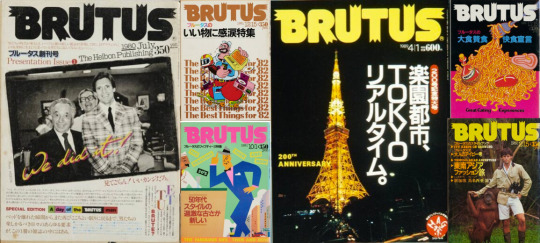
Popeye’s Revolution (Part 1)
Popeye’s Revolution (Part 2)
In 1980, four years after the explosive launch of "Popeye," Yoshihisa Kinameri and Jiro Ishikawa envisioned a new title for former readers who had outgrown the publication. They named it "Brutus," after the antagonistic character in the original Popeye cartoon.
Almost every long-lasting fashion/lifestyle title -- including Popeye -- underwent style and format changes through the years. But, throughout its five decades, Brutus' original concept remains the same, down to its bi-weekly periodicity. It's one of the most consistent success stories in Japanese fashion/lifestyle publishing history.
Throughout its four decades, Brutus became a guide to society's aspirations while reflecting the reality of the magazine business. In this post, we will focus specifically on Brutus' first decade.

With legendary designer Seiichi Horiuchi serving as its first art director, Brutus -- much like Popeye and AnAn -- quickly became a reference for its high-quality, creative magazine design.
Brutus' target is "males in their 30s," and each issue focuses on a specific theme. Still, the magazine appeals to men and women of all ages interested in sophistication and the particular issue's theme.
The publication was launched when Japan was rising to become a global superpower. Its first decade was highly prosperous, encompassing most of the miraculous "Bubble years" of the Japanese economy. This background helps explain some of the classic themes in the magazine, which are still present to this day: high-quality fashion, food, and alcohol.
Looking at 80s issues, we can identify plenty of subjects still part of present Brutus, like culture, travel, and city life. Others, like the coverage of certain sports (sailing/America's Cup; Formula 1) or the focus on cars and motorcycles, were indicative of specific 80s/early 90s trends.
Early Brutus was a snapshot of a country bustling with energy, money, and optimism.
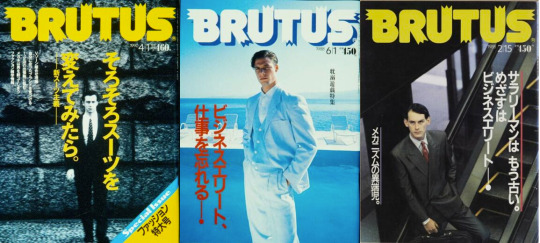
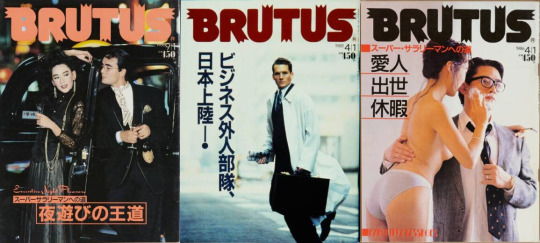
Brutus was originally a magazine for the post-Popeye generation: men who had graduated college and were now part of the workforce, a.k.a. "salarymen." The depiction of salarymen often has a depressing tone: faceless men in dark suits, overworked in bureaucratic, boring jobs, passed out on trains from exhaustion or drinking too much to cope with their burdening responsibilities. Not in early Brutus, where the portrayal of salarymen resembled how female fashion magazines characterize office ladies: young workers who should use their hard-earned financial independence to have fun and enjoy life.
With the bubble years as the backdrop, BRUTUS could convincingly sell the "salarymen" life as glamorous and a path to affluence. It told its readers to invest in expensive, glamorous suits; use their salary in fun ways, and leave the "salarymen" mindset behind, aiming instead to become a "business elite." A very 80s, optimistic way to see your career prospects, which would be much less convincing nowadays.


With the very generous budgets of the Bubble period, the magazine was known for travel-themed editions. The editors and the young staff would go on long trips to destinations perceived as "exotic" -- Africa, Vietnam, Thailand, China, South America, Cuba, Mexico -- and produce an entire issue around it.


Europe was also a popular destination for Brutus, with several issues exploring the continent and its culture. Decades before Scandinavian minimalism went mainstream, Brutus had an issue dedicated to the region's charms. Brutus highlighted East and West German culture. There were issues about traveling to Spain and Portugal, England, French culture and fashion…
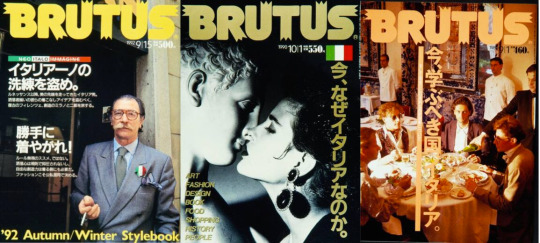
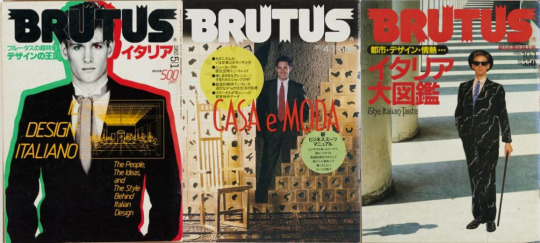
But 80s Brutus had a particular obsession with Italy. Italian fashion, Italian "dolce vita," Italian cuisine, Italian design, and the charm and style of Italian men were thoroughly examined by the magazine.


US culture was the basis for Popeye. And while Brutus preferred to explore Europe in its first decade, it also had several issues dedicated to American culture and travel tips. Some of the themes were very "bubble year 80s," such as an issue advising readers to go skiing in Texas and another centered on buying real estate in Hawaii.
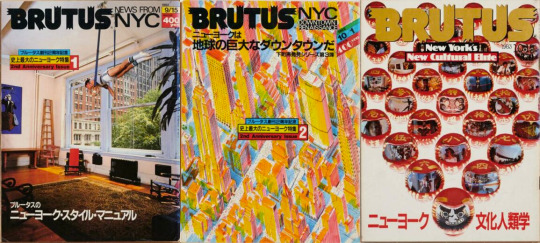
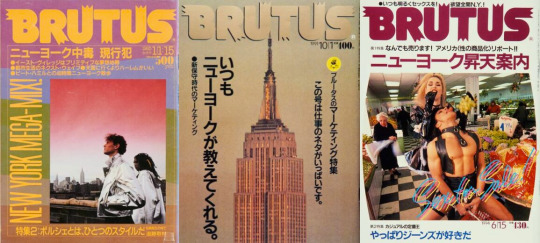
While the US often took a backseat to Europe, Brutus' favorite international city was New York City, as crystalized by two special mega-issues in 1982.

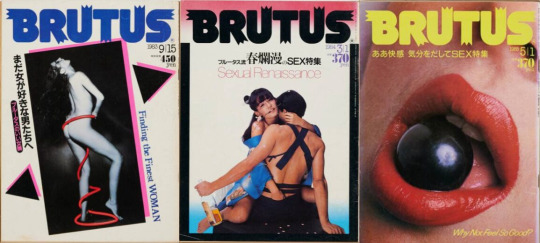
Popeye and Brutus explored many similar subjects: traveling, fashion, Tokyo city life, and where and what to buy. But 80s Brutus had something Popeye initially didn't: sex. A subject that completely matched Brutus's "pleasures of life" concept.
While "Hot Dog Press" had love manuals and sex guides for young teen boys (crucial for the magazine to surpass Popeye's sales), Brutus packaged that content in a more sophisticated, adult way. During the 80s, there were eight sex issues.
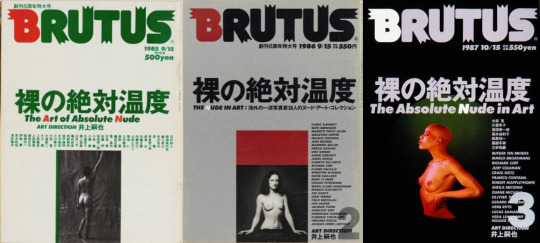
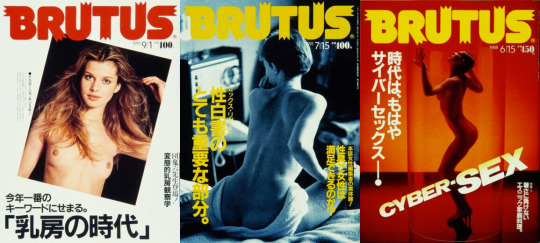
Regarding nudity, the 80s were very permissive compared to today's standards. While artistic shots of topless women on a magazine cover are unimaginable in 2022, '80s Brutus had several covers depicting nudity. In fact, its fifth-anniversary issue invited famed photographers to shoot nude pictorials. The edition was a hit, and the theme was repeated in other issues in the following years.


Brutus also had annual issues dedicated to architecture and interior design. It became such a standard Brutus topic that, in 1998, it spawned a spin-off title, "Casa Brutus."
But we're getting a little ahead of ourselves here. Going back to the 80s, it was the decade when the Popeye family grew exponentially.
One of the goals of Popeye magazine was to introduce Japanese youth to a more health-conscious lifestyle inspired by America. Besides sports, such as frisbee, skateboarding, and jogging, Popeye editors were fascinated by a concept that was somewhat foreign to Japan: muscle training. From the initial issue, the publication ran features on how to "shape up." Soon, Jiro Ishikawa started using another fictional character name to define the prototype of a muscular, fit guy: Tarzan.
The Tarzan lifestyle was particularly prominent in BRUTUS.

In 1985, for example, BRUTUS had an issue dedicated to the new "Tarzan era." Then, a few months later, in 1986, Tarzan became bi-weekly muscle training and fitness magazine, with Ishikawa as the founding editor. The first cover was shot by famed American photographer Reid Miles.
"Tarzan" is still in publication and is Japan's leading fitness publication.
But, of course, the Popeye family wouldn't be complete without Olive.
Olive magazine, aimed at the female public, was launched in 1982 as the "magazine for city girls." But it became a social phenomenon the following year when a female editor-in-chief took over and changed its entire concept. It wasn't solely the "female version of Popeye," but its own magazine, with a different vision: a dreamy, girly-like visual book aimed at teen girls. The "magazine for romantic girls" and its "lyceene" fashion were so influential that they'll be the theme of a future post. Despite its success in the 80s and 90s, "Olive" folded in 2000, the only one of the four spin-off titles that are not in circulation anymore.
20 notes
·
View notes
Text


Nissan Sentra SE-R Coupe B13
@Silentuner
#Nissan Sentra SE-R Coupe B13#jdm#modified#stance#tuning#retro rides#tuner#slammed#street#imports#lowered#kyusha#shakotan#fitment#static#90s japanese sports cars
233 notes
·
View notes
Text

☠️
#subaru#legacy gt#engine bay#subie#90s japanese cars#2.5 gt#ej25d#naturally aspirated#custom#my car#mecha gt#beatrush#cusco#msd#bc racing#zero/sports#Grimmspeed#a/c delete#brake booster delete#ooak#tommy kaira#ngk
4 notes
·
View notes
Text
random hobby thought: i think that for someone into BJDs, it genuinely makes sense to be anti-recast. many of these sculptors are trying their best to make a living off of their art and consistently sell their work for long periods AND ship worldwide. even with limited dolls, it’s possible to find them on the secondhand market because when someone is ready to sell they can just wipe the doll, pack it back up, and put it up.
but, from what i know so far, this logic just doesn’t hold water for garage kit recasts. when garage kits are made, they are made in extremely limited numbers and are only sold for literally 1-2 days at WonFes/Treasure Festa/etc before being gone forever. many Japanese sculptors have no desire to sell to the international market (which is disappointing but ultimately their decision). so if you want an original kit when it drops, you have to either be in Japan or have a great proxy who can go to WonFes or wherever to pick it up for you. additionally, due to the nature of GKs, once it is built by someone, it can’t ever be sold as a GK again. so let’s say there’s a GK where only 100 units were made, and they were all sold. let’s say 90 people build and paint their kits to completion. this now means that there are only 10 of these GKs in the entire world, and you can’t guarantee they’ll show up on Yahoo! Auctions. not to mention, if they DO show up on Y!A, you had better be ready to spend hundreds or even THOUSANDS of dollars on it. a kit that cost ¥4,000 at WonFes could easily cost ¥40,000 on auction a few years later.
when you’re staring down a Y!A listing for a 5 year old GK that’s already gone into the ¥50k range, you start to realize, “wait a minute, the original sculptor isn’t gonna see ANY of this money, i’d just be giving $500 to some random schmuck… but if i don’t give $500 to said random schmuck, i may NEVER get the chance to own this GK again,” and you start to understand why people purchase $45 recasts.
obviously i’m against recasts of kits that are still being sold, and i find it a little slimy that like, E2046 starts advertising their upcoming WonFes releases before WonFes has even happened. if an artist sells a GK on BOOTH, you should buy it on BOOTH, not from a recaster. but telling people, especially newbies to the hobby, that they can’t be part of the hobby unless they’ve got $500 in hand and are ready to immerse themselves in navigating a difficult proxying process is wack. it’s anime figures, not fuckin sports cars.
5 notes
·
View notes
Text
Cross off the ones you’ve done (IC)

1. HAD SEX
2. BOUGHT CONDOMS
3. GOTTEN PREGNANT (as far as he's aware)
4. FAILED A CLASS
5. KISSED A BOY
6. KISSED A GIRL
7. USED A LITTLE PAPER BAG FOR LUNCH
8. HAD A JOB
9. MISSED THE SCHOOL BUS
11. LEFT THE HOUSE WITHOUT YOUR WALLET/PURSE
12. BULLIED SOMEONE ON THE INTERNET
13. SEXTED
14. HAD SEX IN PUBLIC
15. PLAYED ON A SPORTS TEAM
16. SMOKED WEED
17. SMOKED CIGARETTES
18. SMOKED A CIGAR
19. DRANK ALCOHOL
20. WATCHED “THE BREAKFAST CLUB”
21. BEEN OVERWEIGHT
22. BEEN UNDERWEIGHT
23. HAD AN EATING DISORDER
24. BEEN TO A WEDDING
25. MADE FUN OF SOMEONE FOR BEING FAT
26. BEEN ON THE COMPUTER FOR 5 HOURS STRAIGHT
27. WATCHED TV FOR 5 HOURS STRAIGHT
28. BEEN LATE FOR WORK
29. BEEN LATE FOR SCHOOL
30. KISSED SOMEONE IN THE RAIN
31. SHOWERED WITH SOMEONE ELSE
32. FAILED MY DRIVERS TEST
33. RAN A MILE IN LESS THAN 10 MINUTES
34. BEEN OUTSIDE MY HOME COUNTRY
35. BEEN ON A ROAD TRIP LONGER THAN 5 HOURS
36. GOTTEN MY HEART BROKEN
37. HAD A CREDIT CARD
38. BEEN TO A PROFESSIONAL SPORTS GAME
39. BROKEN A BONE
40. BEEN UNHAPPY ABOUT YOUR WEIGHT
41. WON A TROPHY
42. CUT MYSELF
43. HAD AN STD
44. GOT ENGAGED
45. BEEN ON A DIET
46. TRIED OUT TO BE ON A TV SHOW
47. RODE IN A TAXI
48. BEEN TO PROM
49. PLAYED IN A DRINKING GAME
50. STAYED UP FOR 24 HOURS OR MORE
51. BEEN TO A CONCERT
52. HAD A THREE-SOME
53. HAD A CRUSH ON SOMEONE OF THE SAME SEX
54. BEEN IN A CAR ACCIDENT
55. HAD BRACES
56. LEARNED ANOTHER LANGUAGE
57. KILLED A BUG
58. BEEN AT A YARD SALE
59. BEEN TO A JAPANESE STEAKHOUSE
60. WORE MAKE UP
61. TALKED TO SOMEONE VIA WEBCAM
62. LOST MY VIRGINITY BEFORE I WAS 16
63. HAD MY WISDOM TEETH TAKEN OUT
64. KISSED SOMEONE A DIFFERENT RACE THAN MYSELF
65. SNUCK OUT OF THE HOUSE
66. BOUGHT PORN
67. HAD A VIRUS ON MY COMPUTER
68. HAD ORAL SEX
69. DYED MY HAIR
71. GRADUATED FROM COLLEGE
72. WORE SOMEONE ELSE’S CLOTHES
73. VOTED IN AN ELECTION
74. RODE IN AN AMBULANCE
75. RODE IN A HELICOPTER
76. CAUGHT THE STOVE ON FIRE
77. GOT IN A FIGHT
78. BEEN ON VACATION
79. BEEN IN AN AIRPLANE
80. BEEN ON A BOAT
81. HAD SURGERY
82. BEAT A VIDEO GAME
83. FOUND SOMETHING VALUABLE ON THE GROUND
84. MADE A SURVEY
85. STALKED SOMEONE ON FACEBOOK/MYSPACE
86. PRANK CALLED SOMEONE
87. BEEN TO A LIBRARY OUTSIDE OF SCHOOL
88. SPENT OVER $100 SHOPPING IN ONE DAY
89. CUT YOUR HAIR AND HATED IT
90. PEED OUTSIDE
91. WENT FISHING
92. HELPED WITH CHARITY
93. TAKEN A PREGNANCY TEST
95. BEEN REJECTED BY A CRUSH
96. BEEN SUSPENDED FROM SCHOOL
97. BROKEN A MIRROR
98. FAKED SICK FROM SCHOOL
99. OWNED A PET
100. BEEN TO SIX FLAGS
Tagged by: @oswald-pengu1n-cobblepot
Tagging: @arkhampsychiatrist, @caestusvulpes, @cxtlives, @shinebrightsweetdove, @undeadasshcle and anybody who’d like to do it?
#( 💀 ♮ DASHBOARD DECEPTION ♮ | memes )#( 💀 ♮ UNMASKED MALICE ♮ | headcanons )#This was fun!#Roman was not a model child#Started getting very aggressive and difficult in his teenage years#When he got caught with Circe it was the last straw for Mr. and Mrs. Sionis lol#Open to anybody who'd like to do it
6 notes
·
View notes
Text
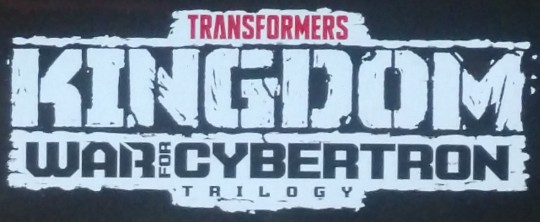
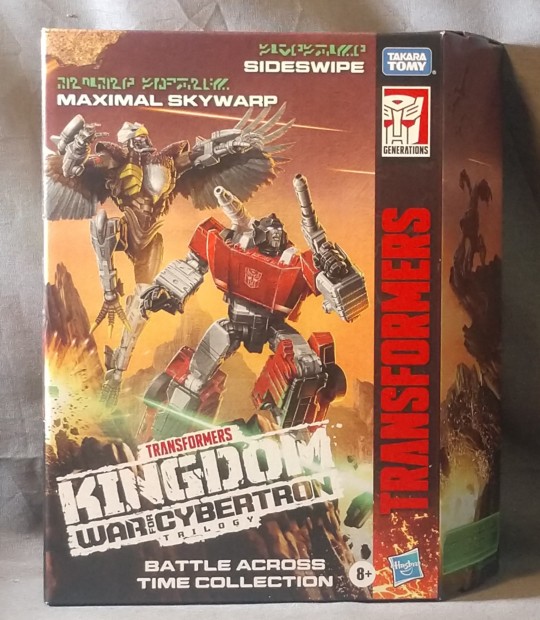
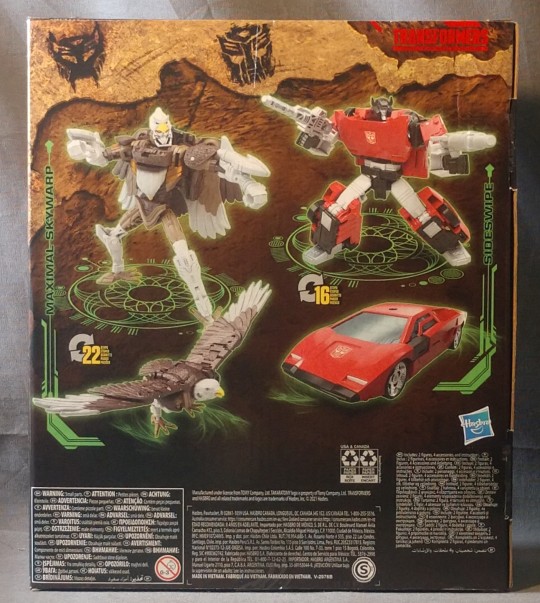
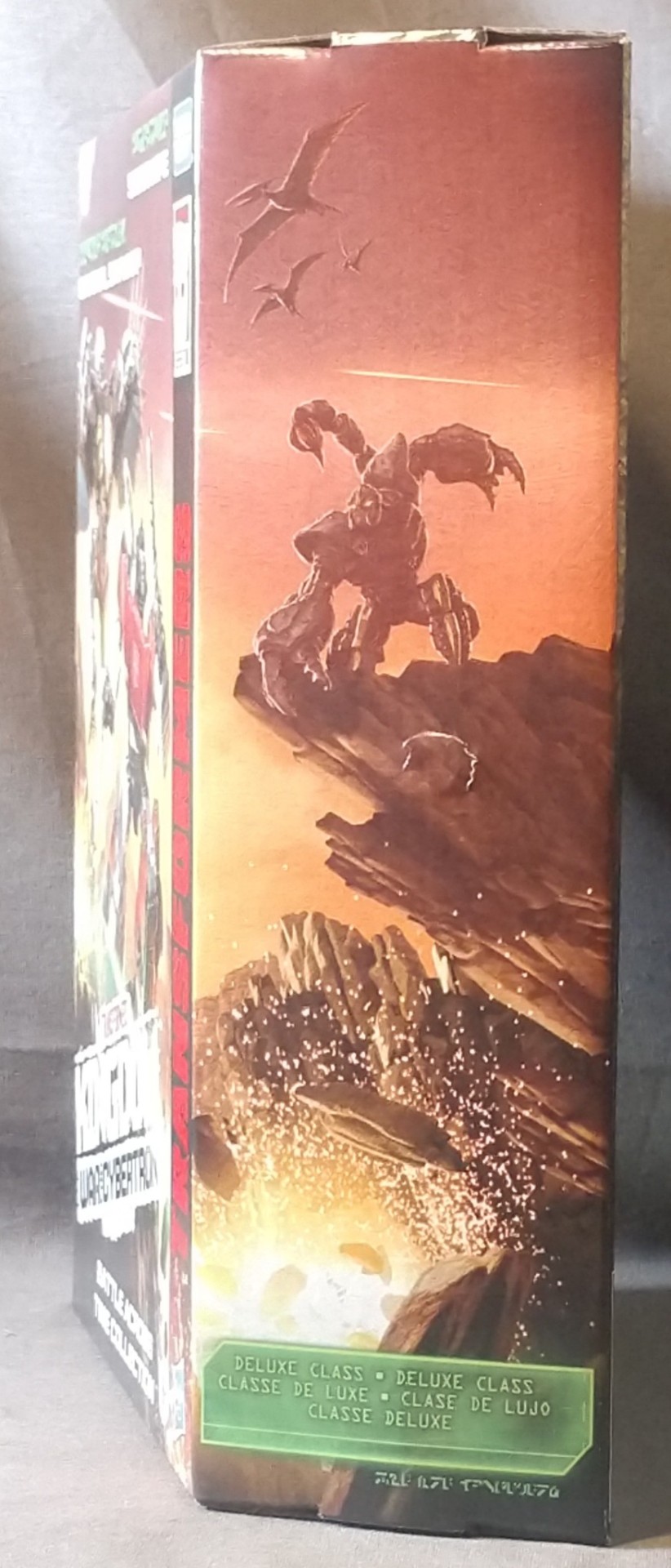
Transformers
War for Cybertron
Kingdom
Battle Across Time Collection
Deluxe class (x2)
Skywarp (Maximal) & Sideswipe
By Hasbro (2021)
An Amazing pre-order which arrived on 09-17-21.
The Battle across time series (which so far there’s only two sets of this) I believe is Hasbros way of finally releasing some of the missing Earthrise figures to fill out the G1 cast, and also include some Maximal repaints, and I am not complaining.
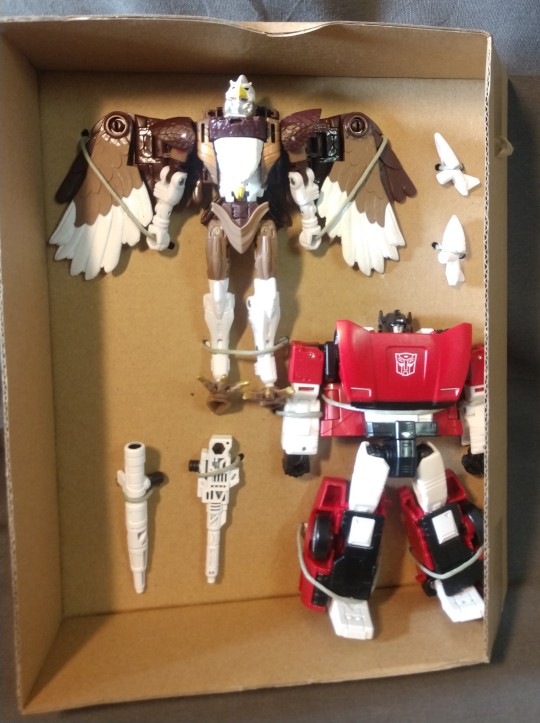
Skywarp
Starting with Skywarp.
I know the name sounds Decepticon, but this is a Maximal from the Japanese anime series in the late 90s, ‘Beast Wars II’ I don’t know much about the character since I never really got to watch the anime, but the toy is referencing one of the Magna Boss combiners using the Kingdom Airazor mold, and sadly this figure doesn’t combine, and Hasbro didn’t make his two companions, Lio Junior, and Ironhide (I only know him by his American name).
Beast Mode:
Beast mode is an American Bald Eagle, and as stated is a repaint of Kingdom Airazor.
Skywarp (especially for a beast mode) has some pretty decent articulation, and you can get the bird into some decent poses.
The paint deco is simple but effective, and the feathery sculpting is okay, but maybe could be better.
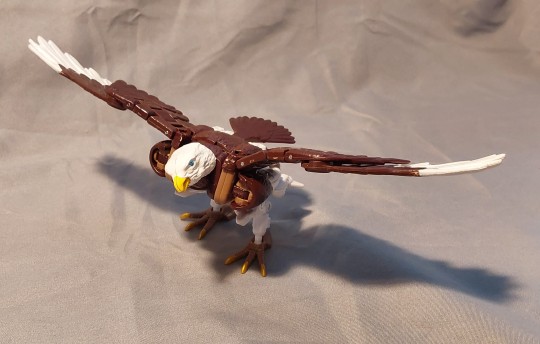

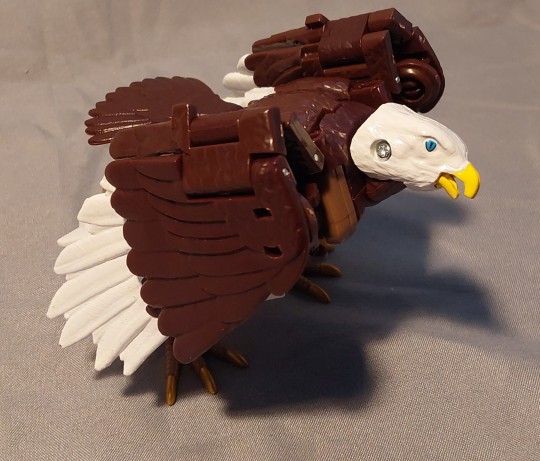
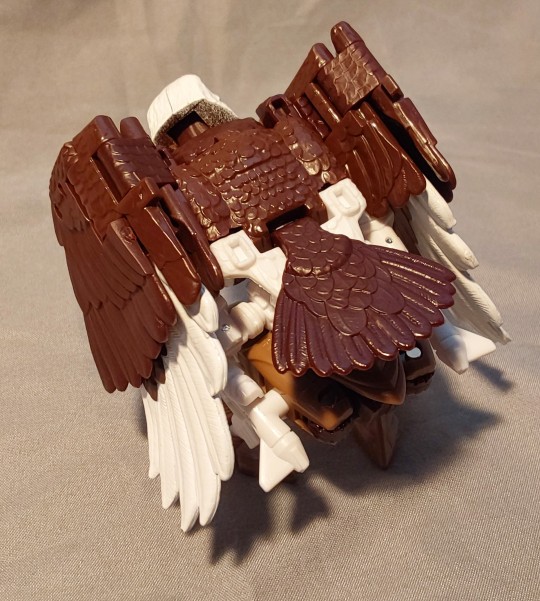
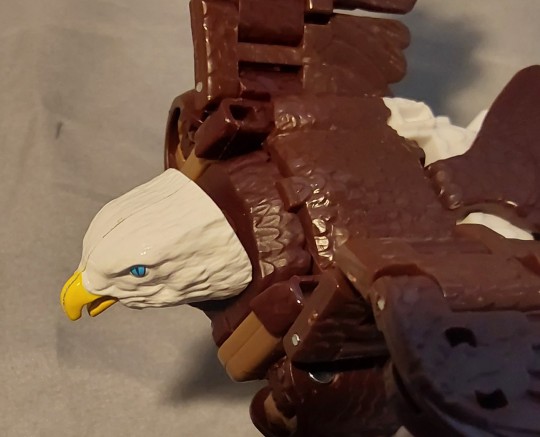

Transformation:
The transformation is pretty simple, but I have to admit I forgot how to do it, so it took my longer than it should have.
Robot Mode:
Once Skywarp is in robot mode he looks pretty good.
New sculpt with the eagle head draped over the robot head, and I think it’s sculpted pretty well.
No real changes in the color palate,
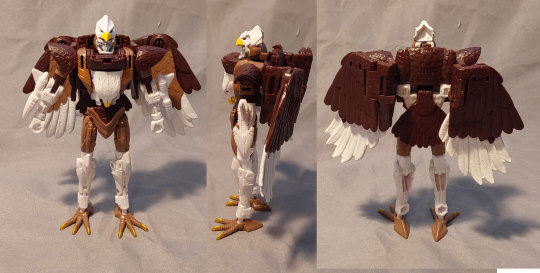



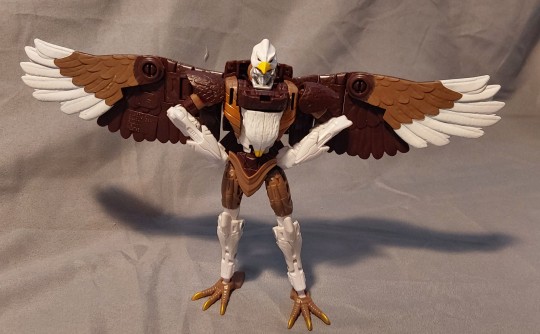

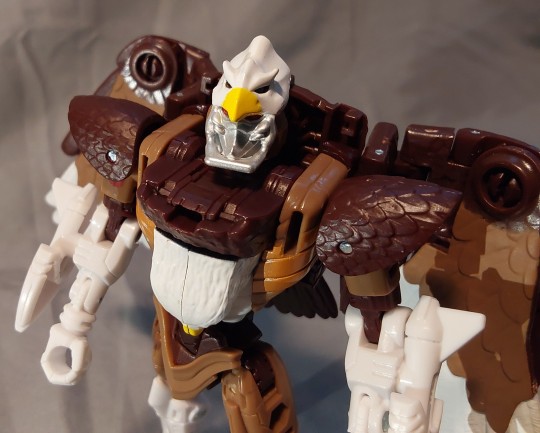
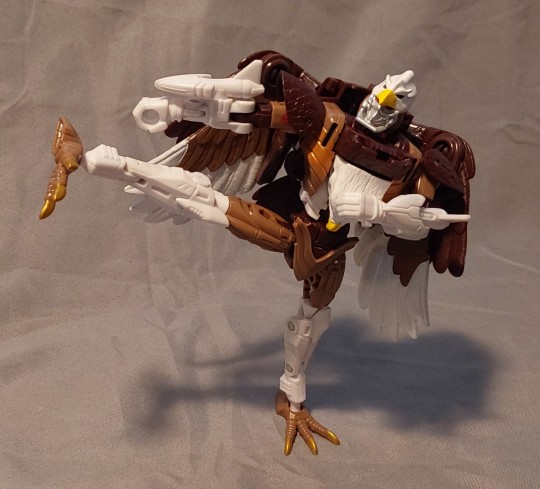
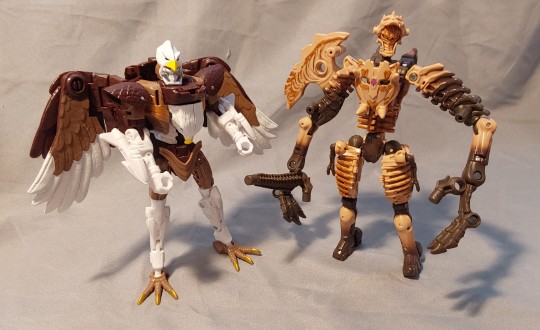
Accessories:
Skywarp’s only accessories are his missiles. They can be pegged into any 5mm port.

Final Thoughts:
Sideswipe
Kingdom Sideswipe is a retool of the Siege version from 2019.
Vehicle Mode:
Instead of a Cybertronian sports car the Kingdom version is basically the Earth mode. I still think it’s funny that Hasbro had soo many Earthrise Transformers that they spilt over to the Kingdom line, or at least that is my theory. I guess Hasbro wasn’t totally committed to a full cast of Beast Wars for the Kingdom line so they shoe horned all of the unused Earthrise figures to fill it out.
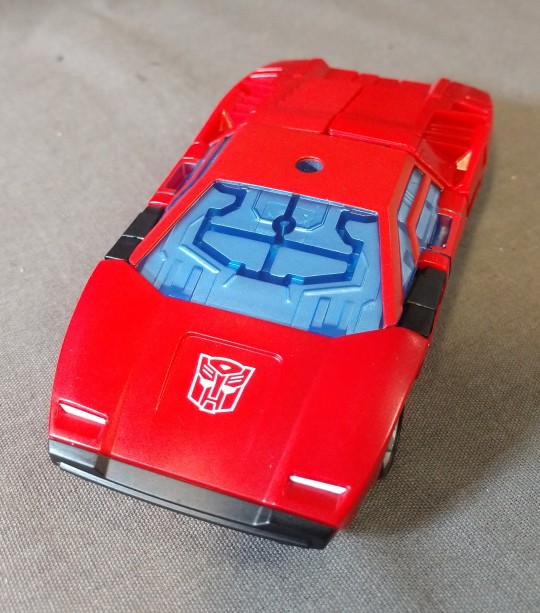
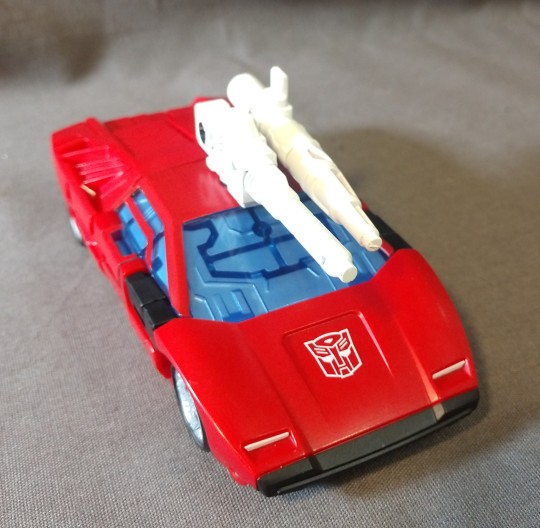
You can see the molding differences between the Siege and Kingdom versions, however I’m not sure Hasbro pushed the envelope enough.
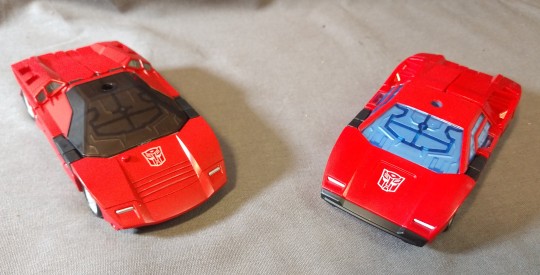
Transformation:
Sideswipe’s transformation is simple, and the same as all the other mold mates of this type.
Robot Mode:
Robot mode is really good.
The differences between Siege and Kingdom Sideswipe’s are noticeable.


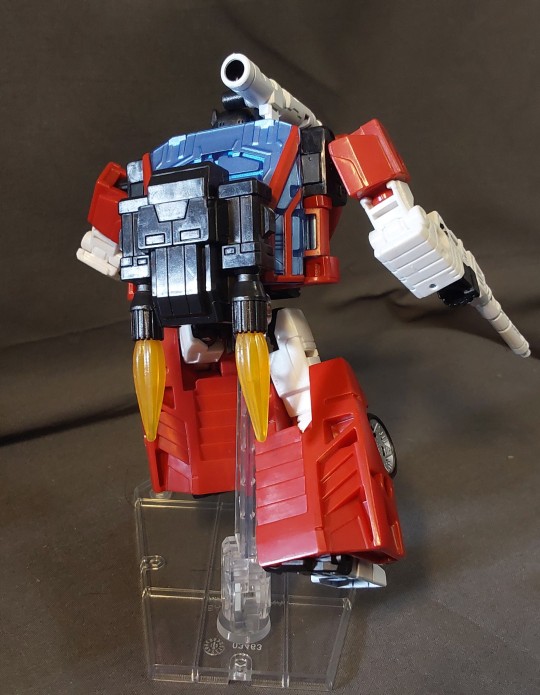
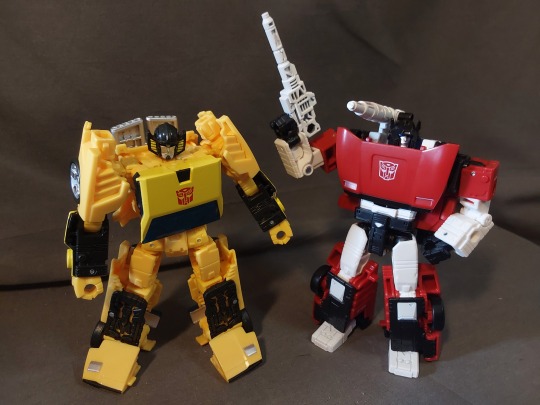
Accessories:
Kingdom Sideswipes only accessories are his blaster and shoulder rocket launcher (and rocket)
Final Thoughts:
I like it. Personally I think Kingdom Sideswipe should have been a retail figure instead of an Amazon exclusive, but I’m happy to have it.

#toys#action figures#transformers#Kingdom#War For Cybertron#skywarp#sideswip#maximal#autobot#beast wars#beast wars II#hasbro
3 notes
·
View notes
Text

Not happy with the translation of this page but think i have it maybe 80 to 90% correct.
20th century NISSAN MOTORSPORTS
1958-2000
'60~
The infancy of domestic racing.
R381 and R382 win consecutive Japanese Grand Prix victories
The dawn of full-fledged motorsports in Japan
The origin of the visit dates back to the late 1950s, when a two-wheeled Asama Volcano race was held. As the 1960s entered, domestic motorcycle manufacturers began to win on the world GP stage, and Japanese industry became a reality on the world stage.
I proved it. The Suzuka Circuit was completed in the fall of 1962, and Japan's first full-scale automobile race, the 1st Japan Grand Prix, was held the following year in May 1963. Each automobile manufacturer, taking note of its promotional effects, soon formed a works team. Nissan selected powerful riders one after another, such as Kenjiro Tanaka, Kunimitsu Takahashi, Gen Kitano, Motoharu Kurosawa, Masahiro Hasemi, Kenji Tohira, Seiichi Suzuki, and Kazuyoshi Hoshino, and many of them went on to become main players in the domestic four-wheel racing world. It will reign for a long time.
Funabashi Circuit in 1965 and Fuji Speedway opens in 1966. Kanto and all over Japan
The racing fever is increasing. Just in time for Tokyo Motor Show.
The automobile industry was in a period of high growth before and after the pick-up.
It was a time when it made great strides as Japan's core industry.
Then, in 1966, Nissan and Prince merged, and Japan's first racing sports car “Prince R380”
will further evolve under Nissan.
In 1968, a large displacement engine with a unique huge wing was introduced.
The R381, with its powerful engine, and the R382 the following year defeated strong rivals to win the Japanese Grand Prix. And formula car races are held in Japan.
Fairlady/Skyline/Bluebird GT cars and Touring cars.
Many car races, as well as endurance races that included these races, were held.
Nissan also actively participated in overseas rallies.
At a time when the World Rally Championship did not yet exist,
Monte Carlo and Safari became the main battlegrounds.
The 1960s was the infancy of domestic racing.
It was a time of rapid evolution and growth. However, the issue of automobile exhaust gas became apparent in the 70s.
In early summer of 1969(?) , Nissan announced that it would be absent from the Japanese GP, and at that moment,
Domestic motor sports had only been growing until then.
The world was forced to seek a new direction.
2 notes
·
View notes